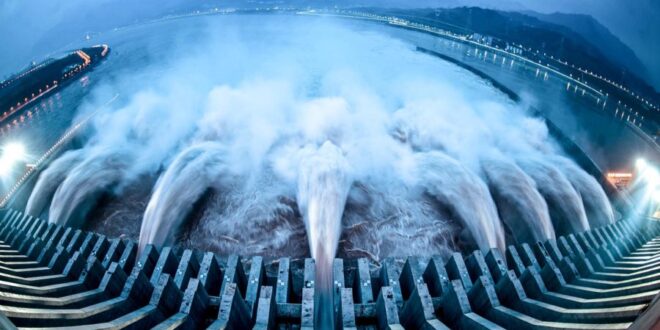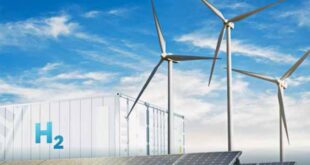It looks like a step forward has been taken in the longstanding task of figuring out energy and cost efficient ways of desalinating ocean water.
According to ABC, scientists at Tianjin’s Nankai University have innovated a solar-powered desalination system that harnesses smart DNA hydrogels for freshwater production.
The method was highlighted in a recent Science Advances publication and offers a significant energy efficiency advantage over traditional desalination techniques like reverse osmosis, which are energy-intensive, the report says.
Additionally, the system is capable of extracting uranium from seawater and treating nuclear wastewater containing uranyl.
In tests conducted in the Bohai Sea, northeast China, a novel solar-powered technique utilizing a DNA hydrogel matrix with graphene oxide demonstrated impressive efficiency, evaporating water at a rate of 3.54 kg per square meter per hour, according to the study team.
This method also showed an ability to selectively extract uranyl ions, outperforming vanadium, a known challenging element in uranium extraction, by 10.4 times.
This innovative approach has the potential to address future water scarcity issues using sustainable energy sources, thereby reducing emissions. However, the research team acknowledges challenges in scaling up this technology.
This development comes amid ongoing criticisms of existing desalination methods, which are often viewed as costly, inefficient, and harmful to local ecosystems.
“With the further development of automated DNA synthesis and other technologies, the system demonstrated in this study is expected to show potential in the development of smart integrated devices for large-scale applications, especially in the acquisition of freshwater and important mineral resources with low energy consumption,” researchers wrote in 2019 when first examining the use of hydrogels.

This picture taken on July 24, 2012 shows water released from the Three Gorges Dam, a gigantic hydropower project on the Yangtze river, in Yichang, central China's Hubei province, after heavy downpours in the upper reaches of the dam caused the highest flood peak of the year. Weekend floods in Beijing caused "significant losses" and casualty numbers are still being tallied, the head of the worst-hit district has said, as residents of China's capital question the official toll. CHINA OUT AFP PHOTO (Photo credit should read STR/AFP/GettyImages)
 Iran Energy News Oil, Gas, Petrochemical and Energy Field Specialized Channel
Iran Energy News Oil, Gas, Petrochemical and Energy Field Specialized Channel



